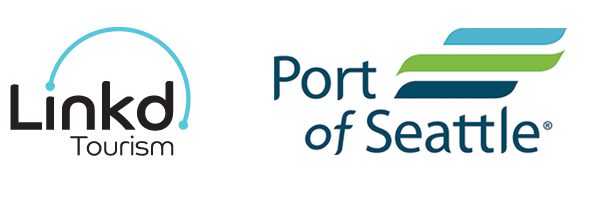Are you planning for a post-pandemic road trip to help you reconnect with the magic and beauty of the world? Well, adventure awaits across Washington State; and it’s filled to the brim with Native American highlights with art, culture, nature and community.
Whether you’re a land dweller or an ocean explorer, Washington State and the Port of Seattle have you covered on all bases, with inspiring travel experiences, most certainly worthy of your first trip out of Aus when the borders open.
If you’re a traveller who likes to fully immerse yourself in culture and community, this 10-day road trip will be perfect for you.
It will introduce you to the Native American culture in Washington State, captivate you with fascinating sights and stories, as well as inspire you on how you can better live in harmony with the land and each other.
There will also be plenty of opportunities to relax, dine, take beautiful photos and explore along the way. So, let’s go…
10-day, 993 km: Native American Highlights in Washington State
You can begin your trip by spending a few days in the city; checking out Seattle’s multitude of activities, including visits to some noteworthy galleries displaying First Nations and Tribal art, such as Steinbrueck Native Gallery and Stonington Gallery, as well as the more well-known sights like the Space Needle.
When you’d like to make a move, pick up your hire car and journey to Tulalip (pronounced Tuh’-lay-lup), which is the ancestral lands of the Snohomish, Snoqualmie, and Skykomish.
Stop in at the Hibulb Cultural Center for insights into the traditional cultural values and spiritual beliefs of the seven bands who comprise Tulalip Tribes.
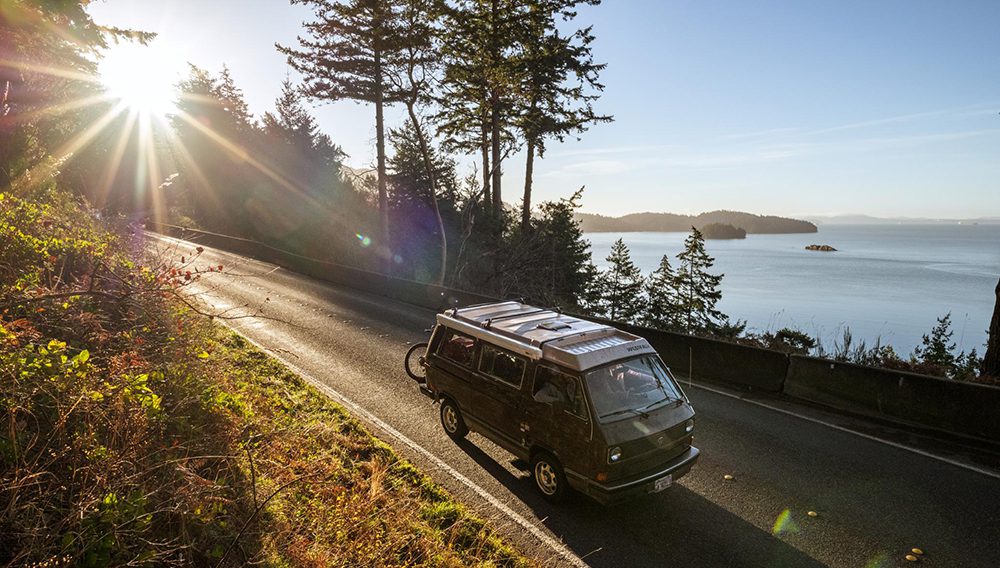
Follow the adventure to Bellingham, via the incredibly scenic Chuckanut Drive, and head straight for the Whatcom Museum to check out the People of the Sea and Cedar exhibit.
Take a Washington State ferry to enjoy lunch in Port Townsend before continuing to Blyn to see the totem poles of the S’Klallam Tribe gracing their tribal campus.
Pro tip: See the carving in action at Jamestown S’Klallam Carving Shed in Sequim, your base for the night.
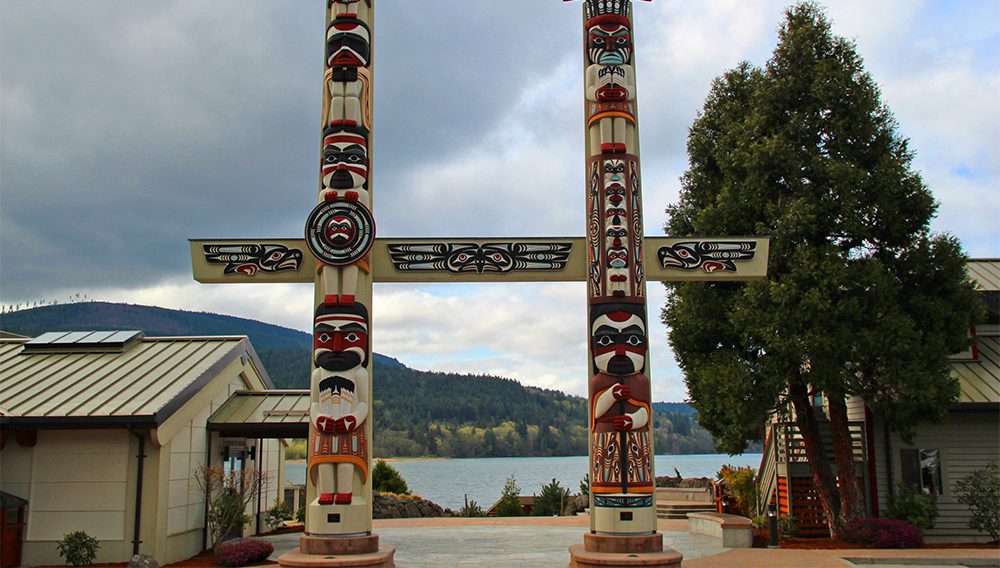
From there, journey into the vast Olympic National Park, a designated UNESCO World Heritage Site and International Biosphere Reserve, where almost 95 percent of the park is designated wilderness. Here, you really can wind down and escape from it all.
Relax in the hot springs or take a hike to Sol Duc Falls, a stunning signature falls of Olympic National Park.
Once you’ve filled up your self-care tank and are ready to go, journey to Neah Bay and Cape Flattery. Put your comfy shoes on and explore Cape Flattery on foot, where you’ll catch your breath at your first sight of the Pacific Ocean.
Next up, head to the Hoh Rain Forest to hike the famous Hall of Mosses trail and then journey south to unwind on the deck of Lake Quinault Lodge for spectacular lakeside views.
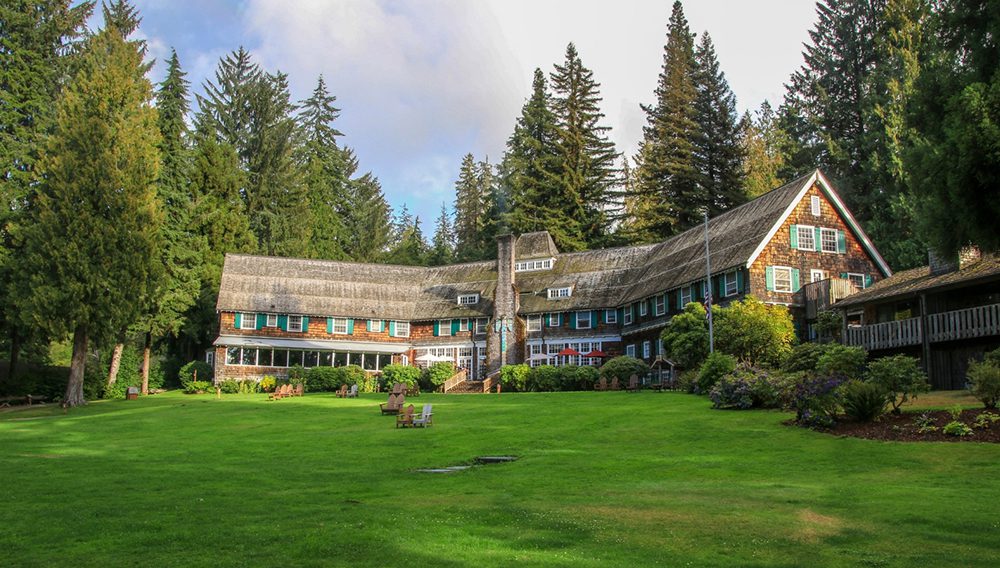
As your journey ends, travel back to Seattle via Bainbridge Island stopping at Suquamish Museum on the Port Madison Indian Reservation.
Take as long as you need in the city before heading home, or choose to take advantage of your vacay time, and board an Alaskan cruise or explore the USA’s Pacific Northwest even further.
Top five things to do on the way
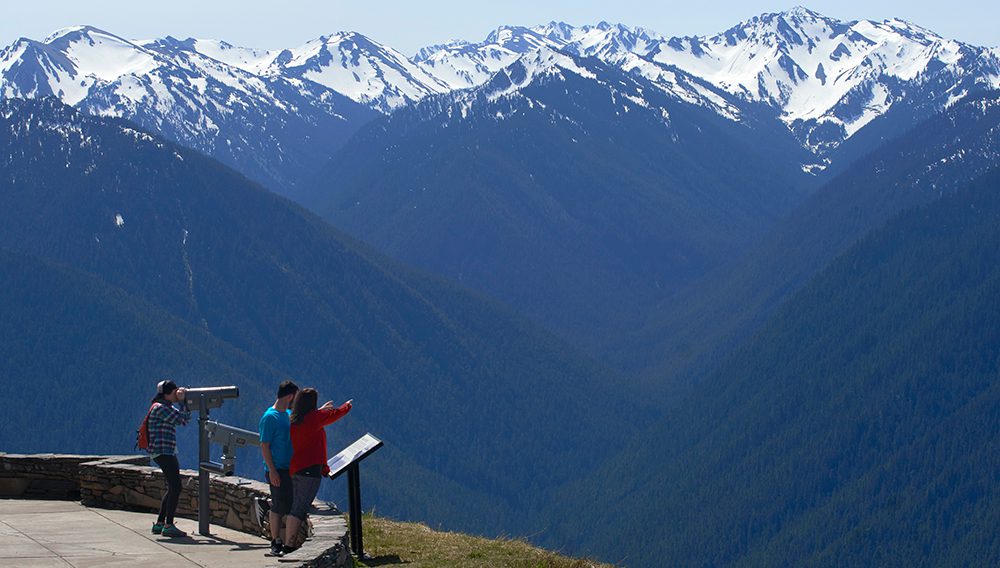
For those who love to do it all (because FOMO is a real thing), be sure to add these five fan favourites to your road trip itinerary too:
- Take a tour of the Boeing Factory, where you can explore the dynamics of flight and experience new aviation innovations.
- Feeling Crabby? Feast on the Northwest’s finest fresh Dungeness Crab whilst cruising the diversely scenic “Chuckanut Coast” out of Bellingham.
- Learn more about the S’Klallam tribe and take a walking, cycling or driving tour in Blyn, telling the story of the relationship between the 19th century European settlers and Chief Chetzemoka.
- Explore the beauty of the Olympic National Park, at almost one million acres, it includes 117 kilometres of Pacific coastline. Stop at Ruby Beach, and take some snaps of the iconic sea stacks, huge surf-tossed logs and bald eagles. A short hike will provide access to the beach and breathtaking views out over the Pacific Ocean.
- Step out on the ferry deck from Bainbridge Island to Seattle for sweeping vistas of Seattle’s skyline to glimpse the iconic Space Needle and the Great Wheel. On a clear day, Mt. Rainier’s snow-capped peak looms in magnificence to the southeast and Mt. Baker is equally stunning to the north.
Get Inspired
Today, there are 29 federally recognised tribes throughout Washington, each with an elected body that oversees its government.
Many use the revenue from gaming to fund services for their tribe. In addition to casinos, they’re investing in new initiatives to diversify their economies, such as hotels, shopping centres, golf courses and more.
Their ancestral traditions continue to live on in their art, songs, dances, food and ceremonies. As humans, we have so much to learn from each other, and Washington State is a great place to start.
DID YOU KNOW? The city of Seattle is named after Suquamish Chief, Chief Seattle? As a leading figure among his people, his friendly relationship and negotiation with American Pioneer, Doc Maynard, led to relatively peaceful relations between the tribes and white settlers in the area
Native American Etiquette When You’re Visiting
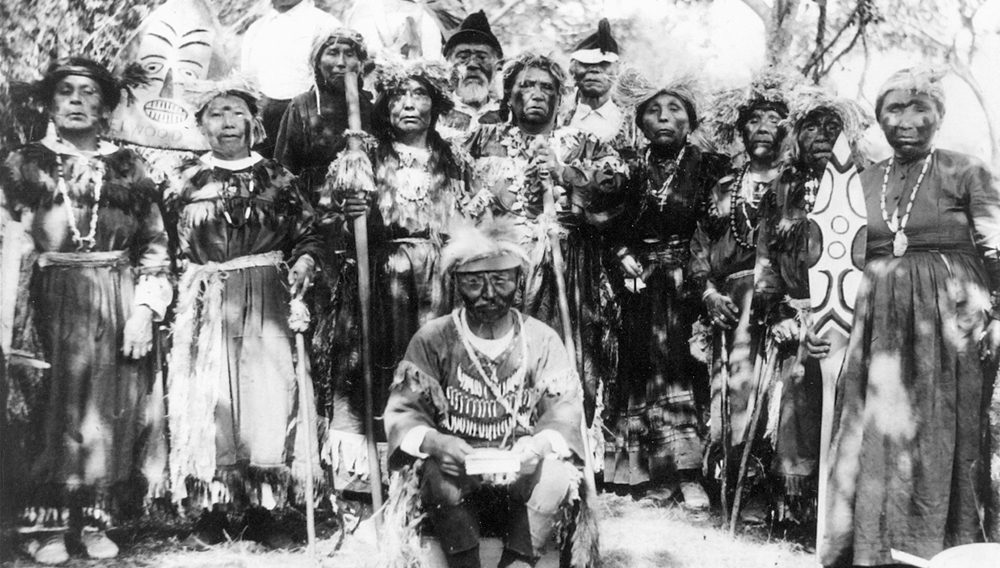
As with any culture, there are things that are okay to do and some that could be interpreted as offensive.
Most tribes in Washington State are Sovereign Nations which means they have their own government inside of the United States that consists of a Tribal Council.
Each tribe makes decisions on how best to balance community and tradition while providing visitors with enjoyable experiences.
However, in an effort to avoid misunderstandings or violations of the tribes’ customs, visitors can follow these basic procedures:
- Do not use clichés around Native Americans such as calling men “Chief,” even in fun. There really are tribal chiefs, so this would be considered very disrespectful. Never refer to females as “Squaws,” which is not an Indian word referring to women, but a derogatory one given by non-Indians.
- Ethnic regalia is never called a “costume.” That would be insulting. Regalia is most often worn during sacred ceremonies, but Native Americans often wear traditional accessories as a symbol of pride in their cultural heritage. Feathers are sacred. If a one falls, do not pick it up. Leave it where it is.
- Likewise, canoes are an important part of tribal culture, and are never to be referred to as “boats.”
- Native Americans highly value and respect the wisdom that comes with age. When eating, children and young adults serve the elders who always eat first. Never step ahead of someone in line who might be older than you, as this is considered very rude behaviour.
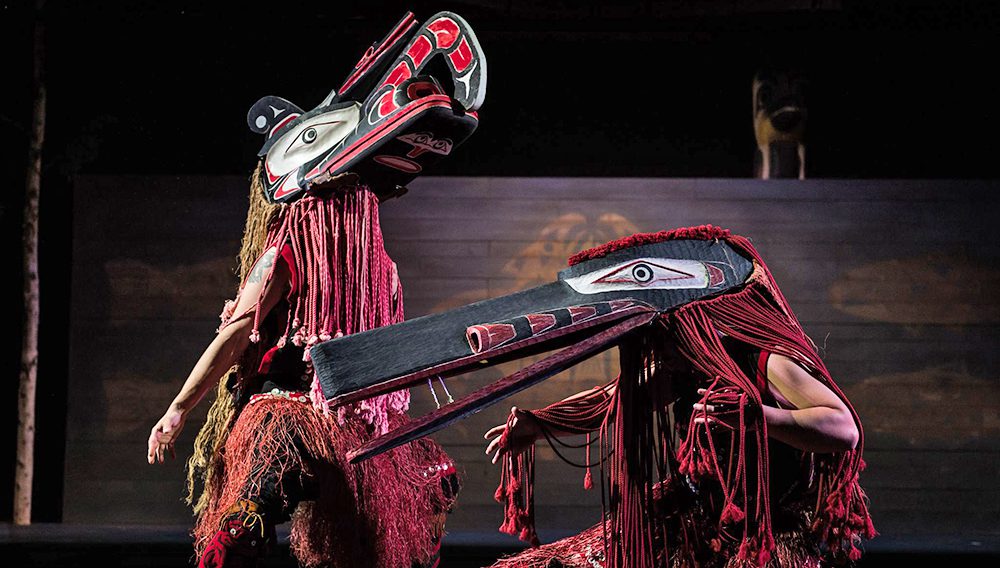
To assist in protecting sacred and ceremonial areas:
- Please be attentive to signage and obey individual tribal rules and regulations.
- Please respect the privacy of residential communities.
- Ask before photographing or recording an individual, an event, or activity.
- Do not pick up or remove artifacts or objects, such as sand, rocks, shells, minerals, marine growth, driftwood from the beach, eagle feathers, broken pottery, etc.
- Burial grounds and religious ceremonies are sacred and are not to be entered.
Traditionally, Native American people are hospitable and generous in nature. However, spiritual teachings, sacred ceremonies, and burial grounds are not openly shared with the public.
They are proud of their teachings and heritage. They have been passed to them by their ancestors and represent thousands of years of individual histories.
Find out more
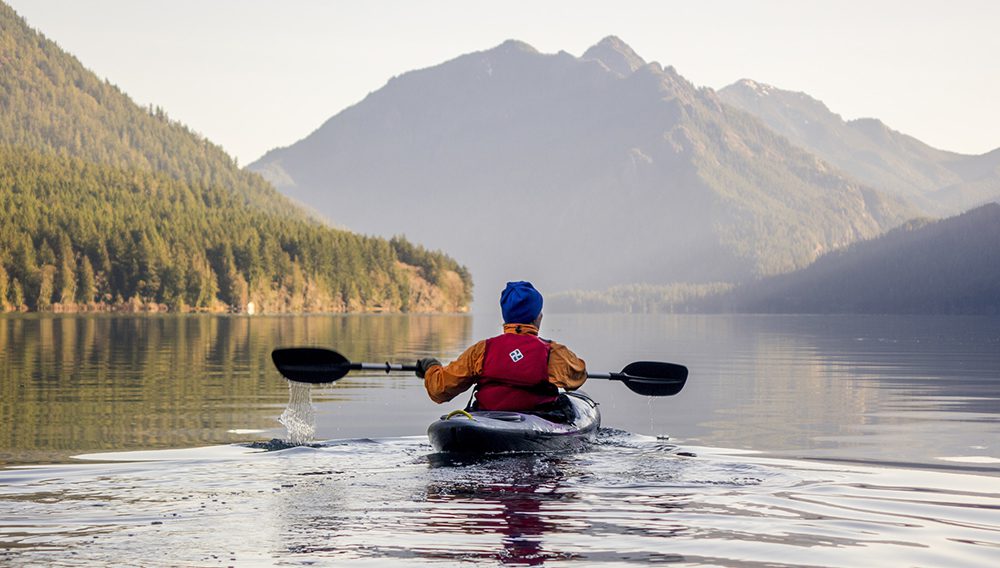
If you’re feeling called to dive headfirst into the state, explore the gateway to Alaska, or reconnect with yourself, the land, or humanity, it might be time to start planning a trip to explore the magnificent wild places in Washington and beyond.
Click here to find out more.
Download Washington State’s Native American itinerary here.
This article was brought to you by:
